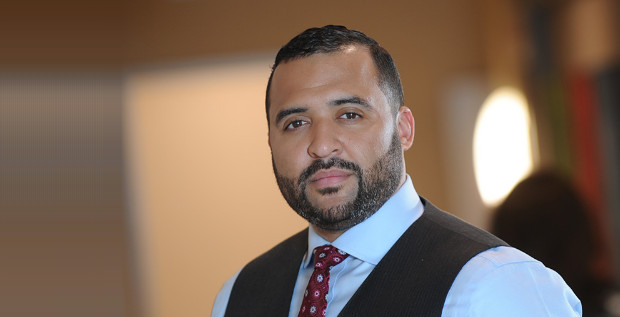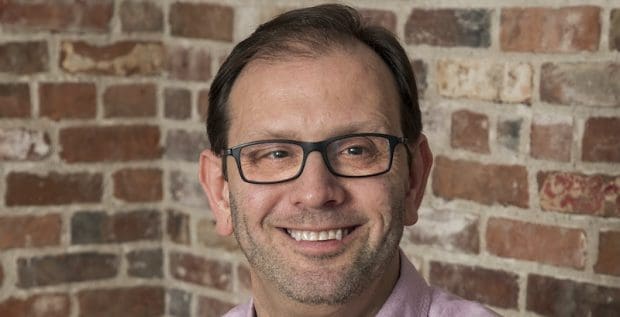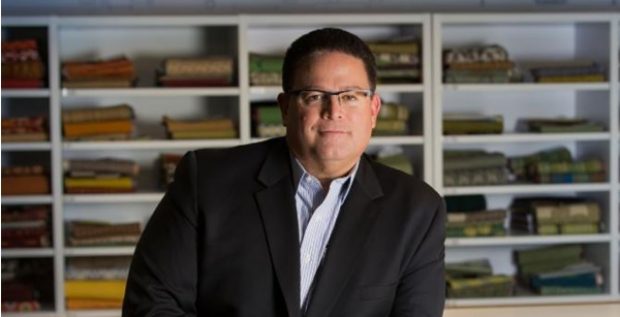Mark Pasierb is the president of Pitcairn Properties, a position he has held for 11 years. Starting in 1968, Pitcairn Properties has managed and developed real estate properties on behalf of institutional partners around the world. The firm’s $1 billion portfolio comprises millions of square feet in Class A office, residential, and retail space. Its properties include Bell Atlantic Tower and the Ellington in Philadelphia, Keystone Park in Bucks County, The Magellan in New York City, and several development projects with Alco Standard across the U.S. Prior to his role at Pitcairn Properties, Mark served as a partner and portfolio manager for the Rubenstein Company and as director of Prudential Real Estate Investors. He resides in Yardley with his wife and their twin daughters.
Mark Pasierb spoke with Jim Mullarkey, Executive Managing Director with Newmark Grubb Knight Frank, for this interview.
JIM MULLARKEY: How did Pitcairn get its start?
MARK PASIERB: Pitcairn was started in 1968 by the Pitcairn family, who wanted to diversify their personal wealth from stocks and bonds into real estate. The Pitcairns made a lot of money back in the early 1900s, late 1800s, through Pittsburgh Plate Glass and accumulated a significant amount of wealth to then invest in real estate. In 1968, they started Pitcairn Properties, and throughout its history, we’ve developed a lot of buildings here in Philadelphia and several buildings across the United States.
Q. How did you come to join the company?
A. I originally went to school at Penn State for engineering. After two years of engineering, I decided I didn’t really like engineering, so I decided to look at another alternative that was sticking with construction, which my father was involved with, and engineering. That happened to be real estate. Fortunately, when I graduated from Penn State, I was one of two kids from the real estate department to have a job in real estate. I started out as a real estate appraiser. From there, I actually bounced around within Pru, because at the time when Pru got acquired—or actually received a new CEO—they decided to divest of a lot of their real estate. So, we went through a huge divest, of $6 billion at the time, of real estate across the globe. I got great experience underwriting deals, selling off a lot of deals, making a lot of great connections, and through that I was then absorbed into Prudential Real estate Investors, who was the third party investor in real estate for pension funds. So, instead of coming from a general account look of real estate, we went through third party pension funds. After Pru, I was recruited to the Rubenstein Company here in Philadelphia. I was recruited as a Vice President of Asset and Portfolio Management, looking at deals, underwriting deals, and also doing asset management for their large portfolio of office and retail [space] in the Washington, D.C. area. At that time, back in 2005, we actually sold off Rubenstein to other firms, and the company was without assets, so it was a great opportunity to either stay with Rubenstein or to move on. I had a great opportunity at Pitcairn to help them start a new fund, which I jumped on instead of staying with Rubenstein, and I’ve been at Pitcairn since 2005.
Q. How has the company stayed profitable in such a competitive market, especially during recent economic downturns such as the 2008 financial crisis?
A. That was a tough one. I mean, I think a lot of firms fell out of favor and actually became bankrupt—such as Lehman Brothers, Bear Stearns, a lot of big banks going under—and little Pitcairn still remains. The way we did it was really through integrity and through trust. We had really good ownership that stuck with me and stuck with the company. We worked through a lot of our balance sheet issues by paying back loans, paying back other debts that the company may have, and we were successful in working with our partners to manage through a lot of the risk associated with the downturn, leasing, et cetera. We got through new loans and actually got new money in the company. So it’s been a great ride so far—we just need to continue that.
Q. Can you describe your relationship with Newmark Grubb Knight Frank?
A. One deal that Newmark’s helped us on: we had a suburban office building in northern Philadelphia, in the Bucks County submarket. We took the building from 40% occupied all the way to 100% occupied through a lot of hard work through our brokers, through the internal management team. We were successful in getting a huge healthcare provider to come in and lease up the majority of the space along with technology. Looking at the future for real estate, you’re really looking at technology and healthcare as the future, and we were fortunate enough to get the two biggest players, both in healthcare and technology in the Bucks County market to come into our building, so it was a very good success for us.



















